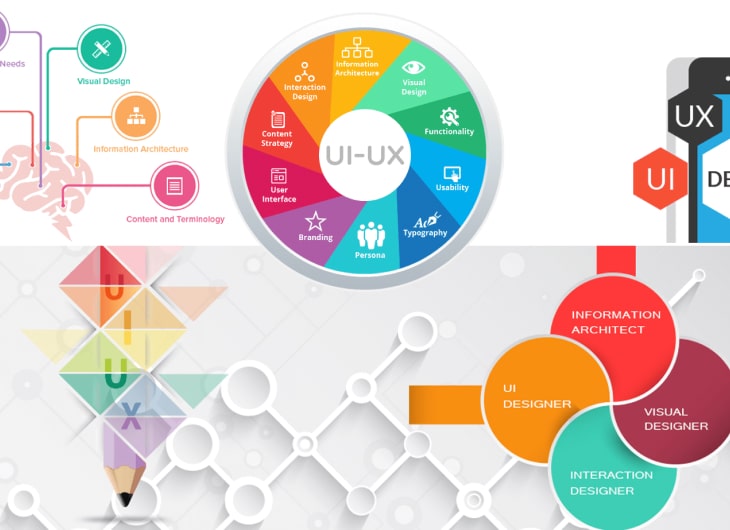- Monday to Sunday
- BAP Building, Jakarta
- info@bestada.co.id

In the fast-paced world of software development, creating a product that not only functions effectively but also provides a seamless and enjoyable user experience is paramount. The realm of UI/UX design plays a pivotal role in achieving this delicate balance. This article delves into the significance of UI/UX design in the context of software house development, exploring how a well-crafted user interface and user experience contribute to the success of software projects.
Understanding UI and UX Design
1. User Interface (UI) Design
UI design focuses on the visual elements of a software application. It involves crafting the look and feel of the user interface, including layouts, colors, typography, and interactive elements. A well-designed UI enhances the aesthetic appeal of the software and ensures that users can navigate and interact with it intuitively.
2. User Experience (UX) Design
UX design is concerned with the overall user journey and satisfaction. It goes beyond the surface and delves into the usability, accessibility, and overall pleasure users derive from using a software product. UX design aims to create a cohesive and enjoyable experience by understanding user behaviors, needs, and preferences.
The Significance of UI/UX Design in Software House Development
1. Enhanced User Satisfaction
A thoughtfully designed UI/UX contributes significantly to user satisfaction. When users find an application easy to navigate and visually appealing, it creates a positive impression. Positive experiences lead to increased user loyalty and a higher likelihood of recommending the software to others.
2. Reduced Learning Curve
Intuitive UI/UX design minimizes the learning curve for users. A well-designed interface guides users through the functionalities of the software, reducing the need for extensive training or support. This is especially crucial in today's fast-paced digital landscape, where users expect to quickly grasp and leverage software capabilities.
3. Increased Adoption Rates
Software with an intuitive and aesthetically pleasing design is more likely to be adopted by users. In a competitive market, where users have numerous options, a positive first impression can be a deciding factor. High adoption rates are essential for the success and sustainability of software products.
4. Efficient Problem-Solving
Effective UI/UX design anticipates user needs and provides efficient solutions. Intuitive navigation and well-placed interactive elements empower users to accomplish tasks seamlessly. This, in turn, enhances the overall efficiency of the software and contributes to user satisfaction.
5. Brand Image and Credibility
The visual appeal and usability of a software product directly influence the perception of the brand behind it. A well-designed UI/UX creates a positive brand image, fostering credibility and trust among users. This, in turn, can lead to long-term customer relationships and positive word-of-mouth marketing.
Conclusion
In the dynamic landscape of software development, UI/UX design is not merely a cosmetic consideration but a strategic necessity. The importance of creating software that is not only functional but also provides an exceptional user experience cannot be overstated. As software houses strive to develop cutting-edge solutions, prioritizing UI/UX design ensures that their products stand out, resonate with users, and ultimately succeed in the competitive market.
Related Information : Software House Jakarta